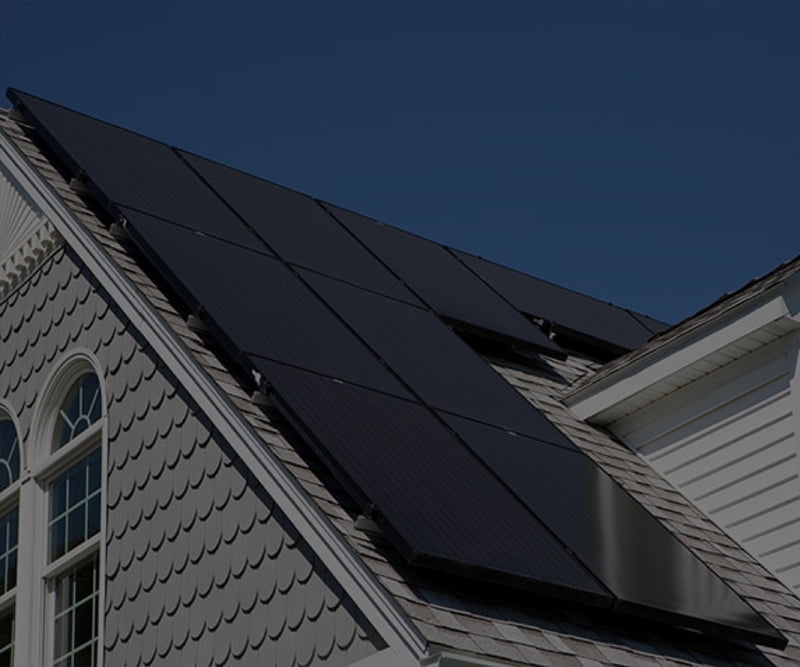Battery for Backup Power & Off Grid Energy
What battery type are you looking for?
Battery FAQ
How do I select the right battery for my application?
Proper battery selection may require the assistance of a knowledgeable battery sales/service technician. Please call us at 866-798-4435 and ask for assistance from one of our technical support staff.
What is the difference between a deep cycle battery, a starting battery, and a dual-purpose battery?
A deep-cycle battery has the ability to be deeply discharged and charged many times during its service life. It is designed specifically for powering electrical equipment for long periods of time. An automotive or starting battery is designed for brief bursts of high current and cannot withstand more than a few deep discharges before failure. This is why it is unable to start your car if you accidentally leave the lights on more than a couple of times. For applications where both engine starting and light deep cycling are required, a dual-purpose battery is often used. This type of battery is neither a starting nor a deep-cycle battery but rather a compromise between the two so it performs both functions adequately.
Can I use my deep-cycle battery as a starting battery?
deep-cycle batteries can be used for engine starting but starting batteries should not be used for deep-cycle applications. A deep-cycle battery may have less cranking amps per pound than a starting battery, but in most cases a deep-cycle battery is still more than adequate for the purpose of starting an engine.
What are the advantages and disadvantages of gel, AGM, and flooded lead acid deep cycle?
Generally, gel and AGM batteries have about 20% less capacity, cost about two times more, and have a shorter cycle life than comparable flooded lead acid batteries. However, Gel and AGM batteries do not need watering, are safer (no acid spilling out), can be placed in a variety of positions, have a slower self-discharge characteristic, and are more efficient in charging and discharging than flooded batteries (see table below). Gel batteries are more suitable for deep cycling applications whereas AGM batteries are more for light cycling and engine-starting applications.
| Flooded | Gel | AGM | |
|---|---|---|---|
| Charge/Discharge Efficiency | 89% | 98% | 99% |
| Self discharge rate (per month) | 13% | 1-3% | 1-3% |
| Finish Voltage | 15.3-16.0V | 14.1-14.4V | 14.1-14.7V |
| Float charge: | 13.2-13.7V | 13.4-13.8 | 13.4-13.8V |
What's better? 24 Volt or 48 Volt system?
Higher-voltage systems tend to be more efficient and put a lower load on the batteries. Factors other than the battery enter into the system's overall efficiency.

Solar Calculator

Which Solar Kit Do I Need?
GET STARTED WITH SOLAR
WE’LL HELP YOU FIGURE OUT YOUR SOLAR NEEDS!
Fill out the form for a complimentary solar quote that includes a custom satellite layout, system design and a breakdown of total project cost and estimated savings.


